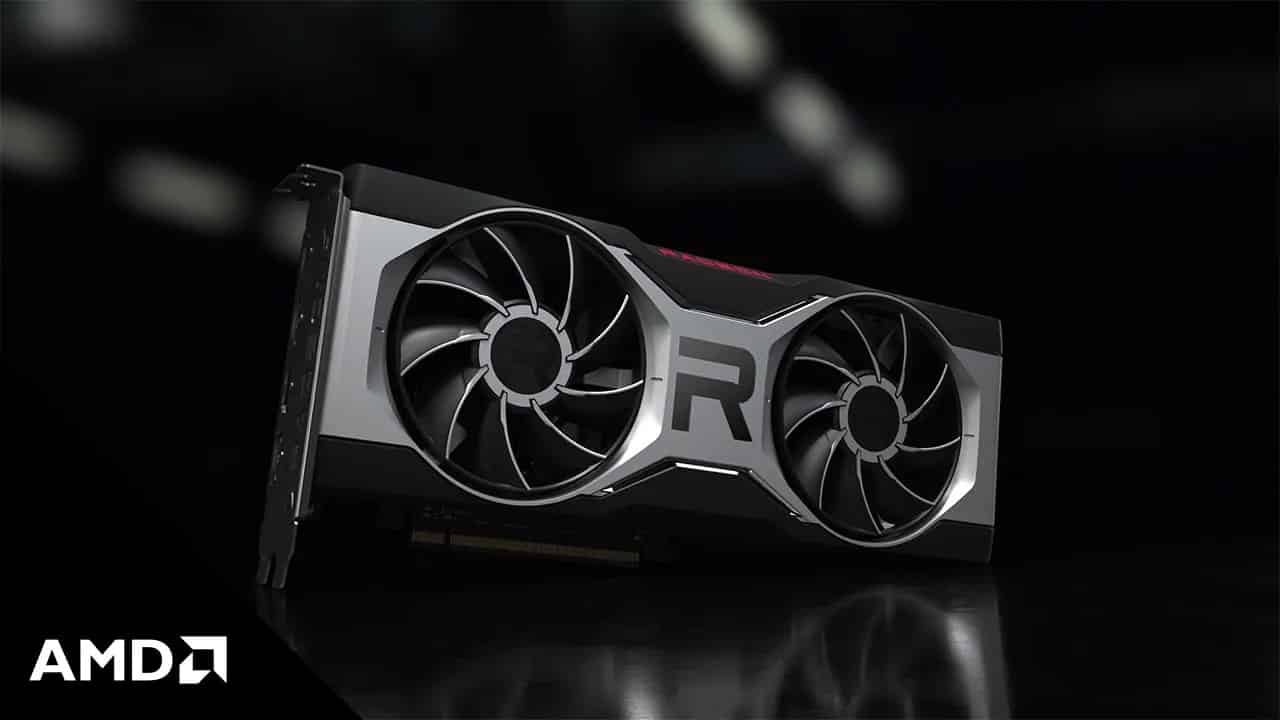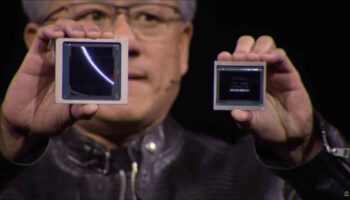Just as rumors regarding miner-specific Navi are swirling around the internet, AMD has stated that the chipmaker doesn’t rely on miners and crypto-farms for its graphics revenue. Instead, gamers are the primary target for Team Radeon. Speaking at the Deutsche Bank Technology Conference 2021, AMD CFO Devinder Kumar made it clear that the company isn’t going after the mining industry.
According to Kumar, the Radeon GPUs are designed and prioritized for gamers rather than the “crypto folks”. The former is apparent with the RDNA 2 architecture that performs rather poorly in Ether mining compared to competing GeForce RTX 30 series GPUs. This is primarily due to the lower external bandwidth, which is made up for by the Infinity Cache in gaming workloads.
However, as Videocardz reported a short while ago, multiple RDNA 2 mining cards have been spotted in China. The cards have been manufactured by XFX and can be seen mining Ether in NBMiner with a hash rate of 39 MH/s (at 92C). As per the GPU-Z info, the GPU is based on the Navi 22 die (Nashira Point), same as the Radeon RX 6700M with 2,304 shaders and 10GB GDDR6 memory. It’s unclear whether this is actually a miner-specific product or the yet unreleased Radeon RX 6600. The card has dual 8-pin power connectors at the rear, as with most ASIC products.
You can go through the interview below:
Ross Seymore: So on the other side of the computing and graphics is obviously, the graphics side of things, I know you talked a little bit about the data center side earlier, the data center GPUs. But in general, by my math, the G side of C&G is actually percentage-wise grown significantly stronger over the last three, four quarters than has the client-side. Dollar-wise, they’re much more even. What’s driven the acceleration on the client graphics side of things? Or maybe more precisely, what’s driven the acceleration in the graphics side? And is it client or data center and then is there any crypto in it? So lots of questions for you.
Devinder Kumar: So I’ll answer the third question first, crypto, negligible. That’s not a priority for us. We do not prioritize our products or make them for the crypto folks is not for the gamers and that’s a high priority from that standpoint. What’s driven the growth, as you know, we had the Radeon 6000 Series high-end GPUs introduced very competitive and that is driving the growth in the GPU space. And then on the architecture side with the CDNA 2 architecture that we have, that we are coupling with these products and those are really driving better competitive products overall, and that is driving the revenue growth of the graphics space.
Now to be fair, on the client PC space, if you go back into the 2019 to 2020 timeframe, there was significant growth from our overall standpoint and obviously to continue that becomes percentage-wise as you observe a lot smaller, but it’s a much higher base that well from a revenue standpoint as compared to the graphics side of it within the computing and graphics segment.
Source: SA






